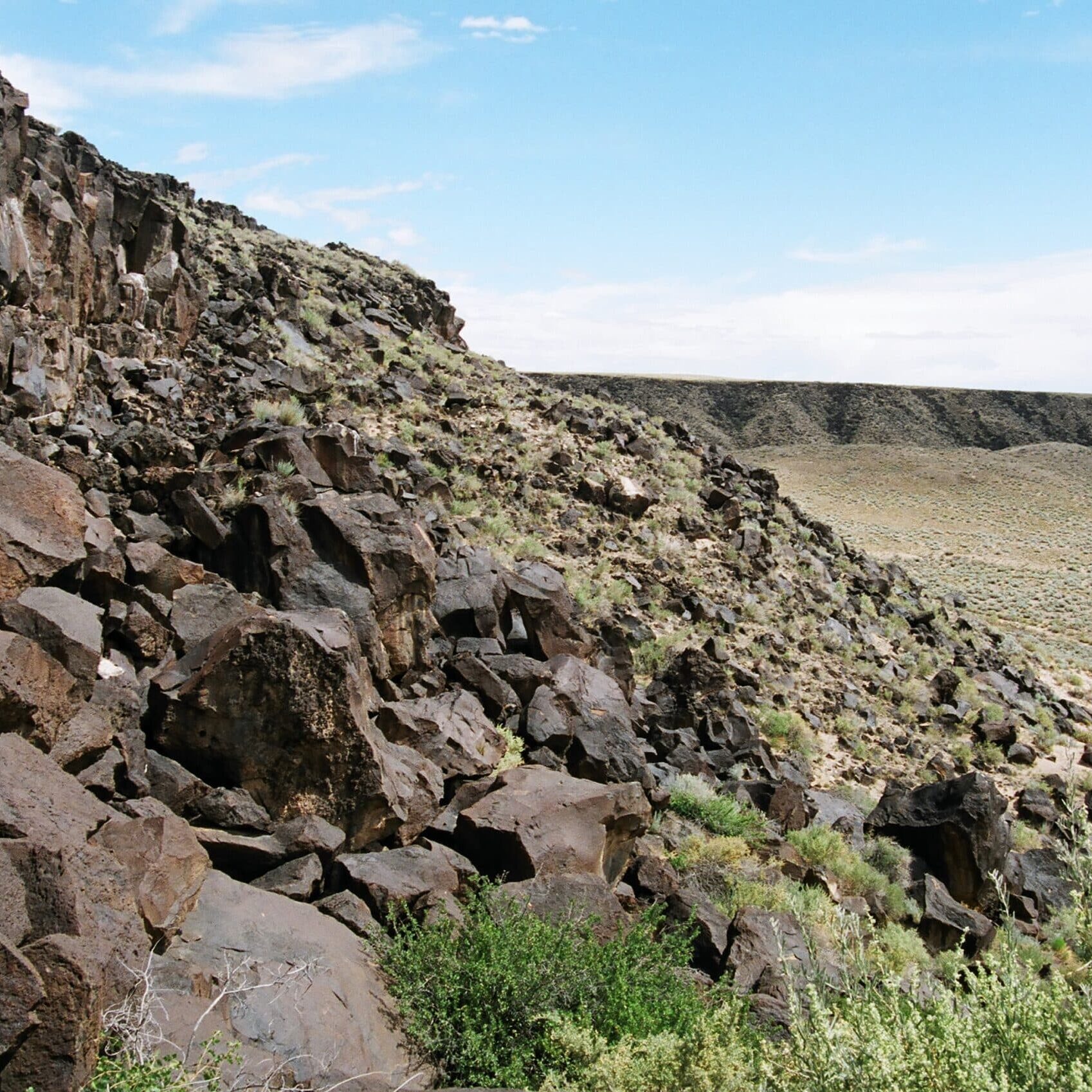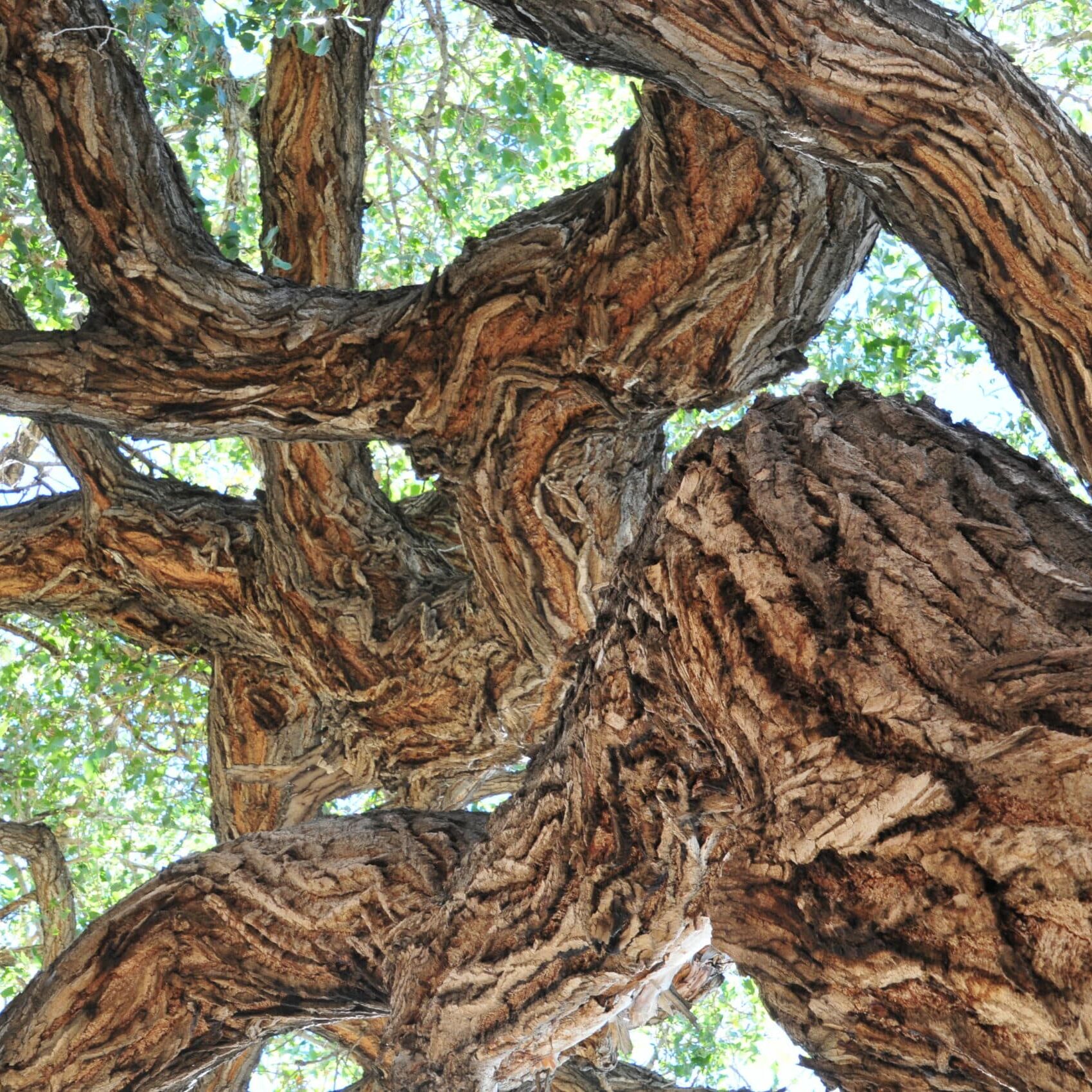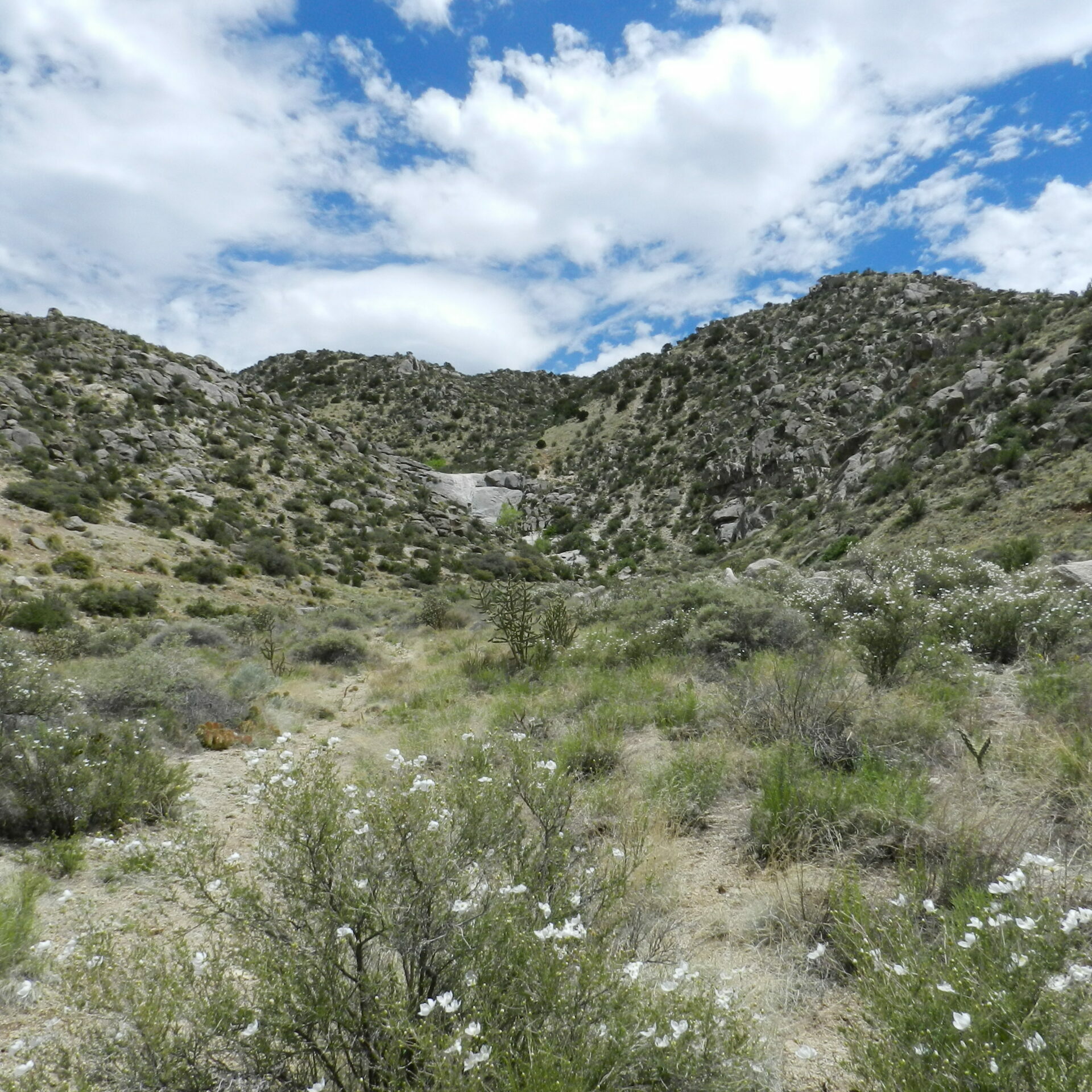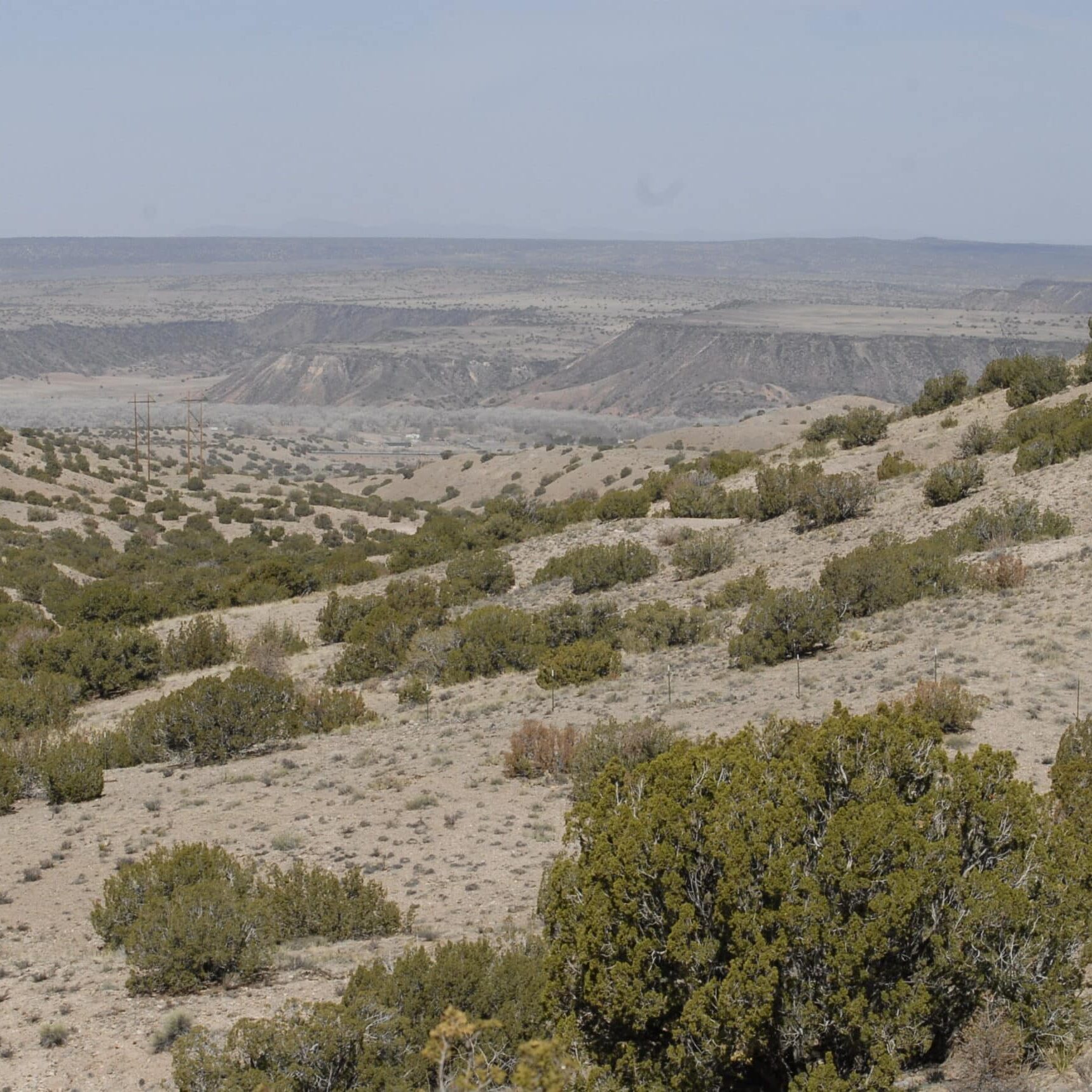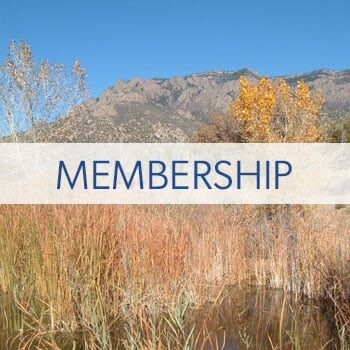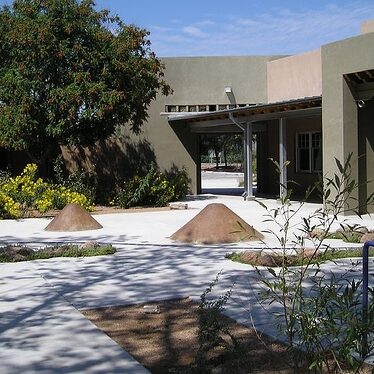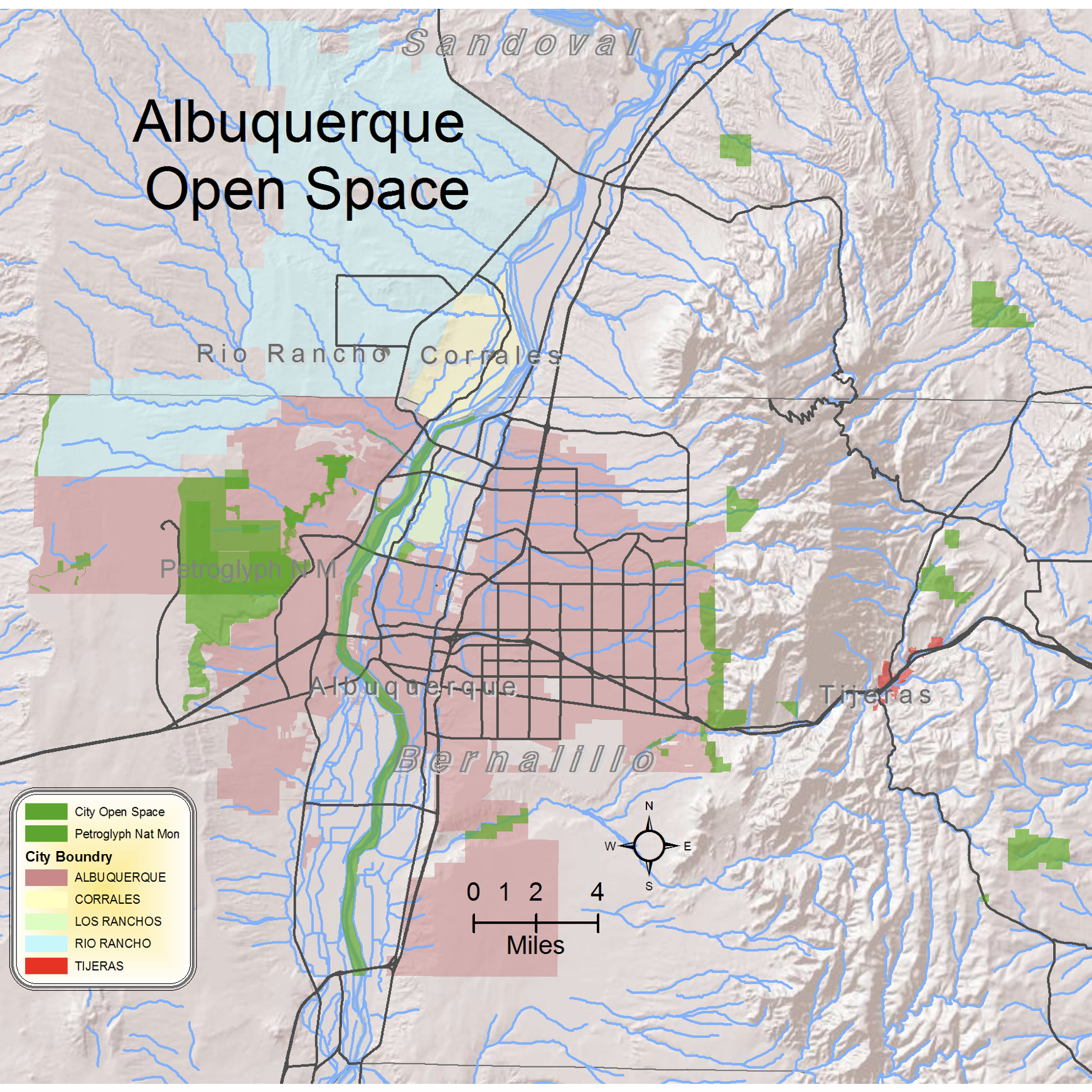Bosque North
WHY IT'S OUTSTANDING:
This is a great spot to have a family picnic or a relaxing riverside lunch. Work those fabulous picnic lunch calories off with an easy trail hike north along the river. You will encounter fantastic views of the Rio Grande. Shade from the gnarled Rio Grande cottonwood trees can provide soothing sun protection during the warmest hours of the day.

HOW TO GET THERE:
Take I-25 to the Alameda exit (Exit 233). Head west onto Alameda. After crossing Rio Grande Blvd. before the river, turn south into the Alameda Open Space parking lot. Walk north following the paved Paseo del Bosque trail under Alameda. You will see the Alameda picnic area to the right of the pedestrian bridge crossing the Rio Grande.
WHY IT'S OUTSTANDING:
The Open Space Division and a host of local and national organizations dedicated the Aldo Leopold Forest and Forest Trail in February of 2009. Leopold is largely considered the Father of Wildlife Conservation and was at one time a resident of Albuquerque. The 1/2-mile trail winds through shady cottonwood groves and a site that was burned in 2003 that is currently being replanted and restored. Bald Eagles frequent the area during the winter.
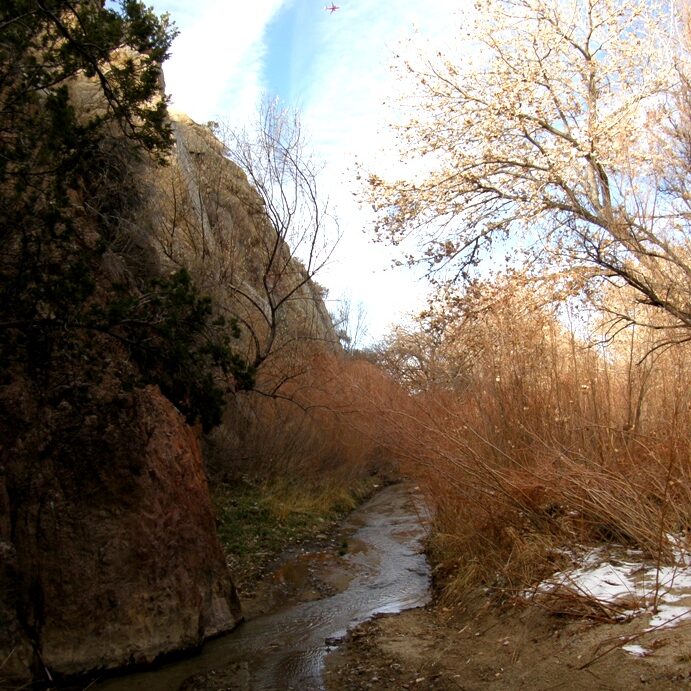
HOW TO GET THERE:
Take I-25 to the Montgomery/Montano exit (Exit 228). Go west on Montano and continue over the river. Park on the west side of the bridge at the Pueblo Montano Picnic Area. Walk or bike over the bridge and head south onto the Paseo del Bosque paved trail. Look for the trail sign immediately on your right. Alternately, park at the Rio Grande Nature Center and take the paved Aldo Leopold Trail north until the pavement ends.
WHY IT'S OUTSTANDING:
After exploring the Bosque Room at the Open Space Visitor Center, immerse yourself in the sights, sounds, smells and sensations of the bosque. “Bosque” is the Spanish word for “forest”, but locally refers specifically to the riverside forest. The multi-use primitive trail winds through young emerging forest and old growth cottonwood canopy. Damaged in 2002 by an accidental fire, this area demonstrates the City’s commitment to restoration and the bosque’s extraordinary vitality.

HOW TO GET THERE:
From the OSVC parking lot, go through the gate on the west side of the parking lot and follow the signs to reach the bosque. Trail maps are available at the Visitor Center front desk. Trail access is limited to facility hours, Tuesday – Sunday 9:00AM -5:00PM.
WHY IT'S OUTSTANDING:
The Candelaria Nature Preserve (CNP) is a 167-acre nature study area and wildlife preserve that is being transformed over time from farmland to a mosaic of habitats supporting native species. The process is guided by a Resource Management Plan that can be reviewed at the City of Albuquerque’s website. While the Preserve itself is not open to the public, guided walks are offered on the last Friday of each month, and there are wildlife viewing blinds on both east and west sides of the property.
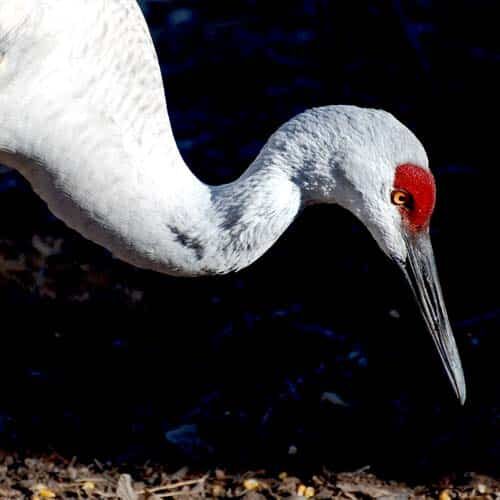
HOW TO GET THERE:
Take I-40 to the Rio Grande exit (Exit 157A). Head north on Rio Grande Blvd. and turn left onto Arbor Rd. Park on Arbor Rd. and walk to the main gate at the far west end.
WHY IT'S OUTSTANDING:
The Candelaria Nature Preserve (CNP) is a 167-acre nature study area and wildlife preserve that is being transformed over time from farmland to a mosaic of habitats supporting native species. The process is guided by a Resource Management Plan that can be reviewed at the City of Albuquerque’s website. While the Preserve itself is not open to the public, guided walks are offered on the last Friday of each month, and there are wildlife viewing blinds on both east and west sides of the property.

HOW TO GET THERE:
Take I-40 to the Rio Grande exit (Exit 157A). Head north on Rio Grande Blvd. and turn left onto Arbor Rd. Park on Arbor Rd. and walk to the main gate at the far west end.
WHY IT'S OUTSTANDING:
One of the largest remaining pieces of agricultural land in Albuquerque, this 138-acre site offers a wonderful way to watch the changing seasons as sorghum, corn, flowers, vegetables and other crops grow. The site of the farm has been continuously farmed for hundreds of years. Don’t forget to stop by the community garden hosted by Rio Grande Community Farm and see what the gardeners are growing! This farm offers excellent year-round bird watching opportunities. Kestrels, hawks and songbirds frequent the farm, and hundreds of Sandhill Cranes and Canada Geese visit in the fall and winter.
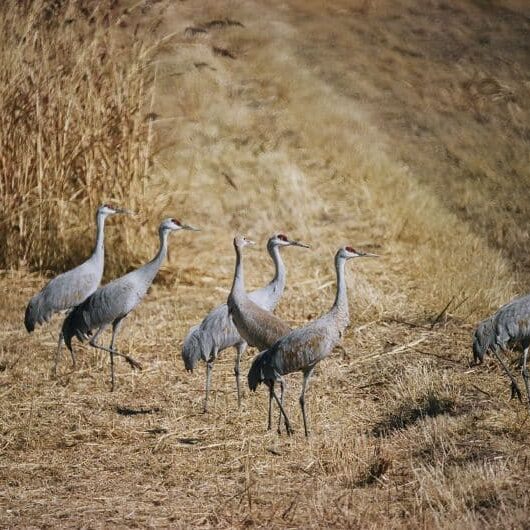
HOW TO GET THERE:
Take I-25 to the Montgomery/Montaño exit (Exit 228). Head west on Montaño past 4th St. and turn north on Tierra Viva Rd. Parking is available in the gravel lot on the West side of Tierra Viva Rd. Horse trailer parking is also available.
WHY IT'S OUTSTANDING:
Often referred to as “the green ribbon of life,” the bosque provides a unique and welcome habitat in the high desert. It has offered food and other important resources to people and wildlife for as long as they have been living in the area. One species common to the bosque, and this site in particular, is the porcupine. During the cooler months look up into the canopy. Do you see what appears to be a large nest? Look a little closer. It may be a porcupine basking in the sun. Coyotes, beavers, raptors, herons, and a wide variety of small birds can also be seen in this area.
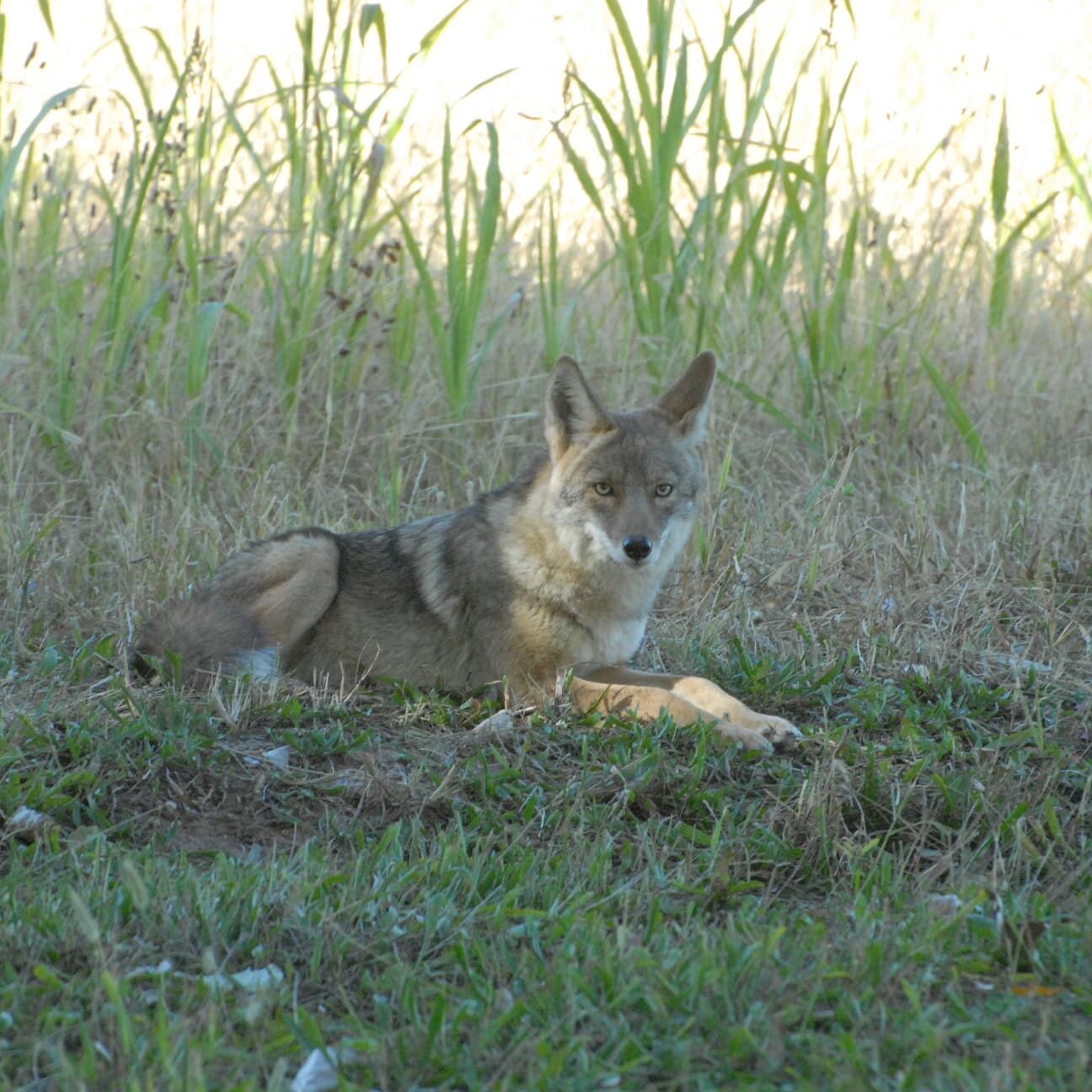
HOW TO GET THERE:
Take I-25 to the Montgomery/Montano exit (Exit 228). Go west on Montano and continue over the river. Enter the Pueblo Montano Picnic Area which is one block east of Coors Blvd on the south side of Montano Rd. Access to this trail begins in the Pueblo Montano Picnic Area.
WHY IT'S OUTSTANDING:
In 2003, an accidental fire burned approximately 100 acres of bosque at this site. Firefighter Mark Chavez helped fight the blaze and then brought new life to the devastated cottonwoods in the form of sculpture. Over ten trees were transformed into images depicting local wildlife, characters from local folklore and other themes. Once piece is a tribute to the firefighters who conquered the fire, symbolically represented by a defeated dragon. The name Pueblo Montano honors the ancient pueblo village known to have existed here from about AD 1300 to mid-1400.

HOW TO GET THERE:
Take I-25 to the Montgomery/Montano exit (Exit 228). Go west on Montano and continue over the river. The Pueblo Montano Picnic Area and Sculpture Park is one block east of Coors Blvd. on the south side of Montano Rd.
WHY IT'S OUTSTANDING:
A short 400-foot trail allows access to a stunning overlook of the San Antonio Oxbow wetlands. An Oxbow is a kind of habitat created when a bend in the river is cut off from the main flow by shifts in the river’s course. The San Antonio Oxbow is home to a variety of species such as birds, reptiles, beavers, and muskrats.
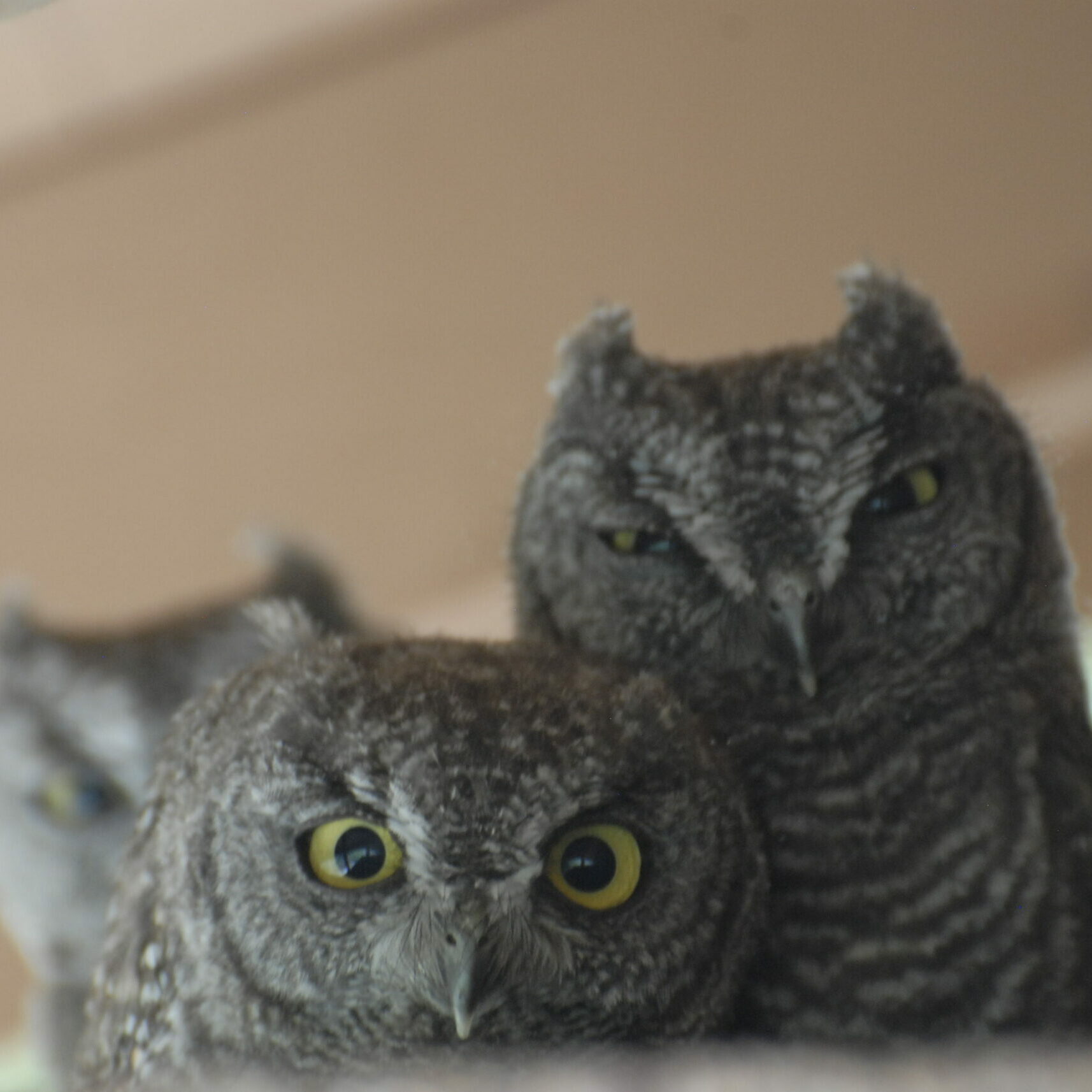
HOW TO GET THERE:
Take I-40 to the Coors exit (Exit 155) and head north on Coors. After 2 miles, turn east on Namaste Road. Parking is available at the east end of Namaste Road.


